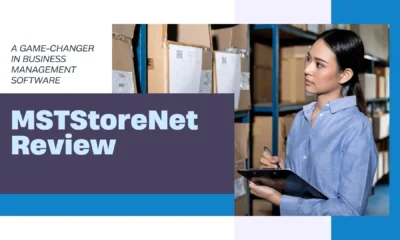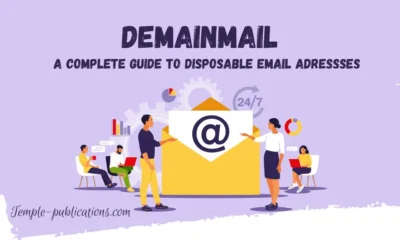BUSINESS
Why ABN Registration is Essential for Your Business

Have you wondered what it takes to formalize your business in Australia? With numerous elements to consider, understanding the legal and operational aspects of establishing an enterprise can seem daunting. However, one key step stands out for its significance in establishing credibility and functionality.
This critical process, ABN registration, is a requirement for most entities seeking to operate within the country. Beyond being a legal necessity, it provides a foundation for professional transactions and tax management. But why is this registration so vital for businesses aiming to thrive in Australia?
Strengthening Legitimacy in the Market
One of the most significant benefits of obtaining a formal registration is the credibility it adds to an enterprise. Having an Australian Business Number demonstrates that your operation is legitimate, giving confidence to clients, suppliers, and collaborators. This formality can make a considerable difference for freelancers and small enterprises when building trust with new customers. A professional standing often leads to stronger relationships, creating a reliable base for growth and success.
Simplifying Tax Obligations
Tax compliance is a vital component of operating any business. Registering for an identification number simplifies the process of meeting these obligations. It ensures you can fulfill responsibilities such as charging GST and claiming input tax credits.
This step is crucial for ventures exceeding the mandatory income threshold. With a streamlined system in place, organizations can focus on growth without being bogged down by administrative burdens. Proper tax registration also minimizes the risk of penalties, keeping finances secure.
Facilitating Professional Invoicing
Issuing invoices is an everyday activity for any trade or service. However, without formal identification, creating legally compliant invoices can become problematic. Including a registered identification number on invoices not only meets legal requirements but also enhances the professionalism of the organization. Clients are more likely to engage with entities that provide structured and legitimate documentation. This practice ensures transparency in transactions and encourages timely payments, both of which are essential for financial stability.
Key Advantages of Registration for Small Enterprises
Registering a small enterprise provides numerous practical benefits, emphasizing the importance of formalizing operations. This essential step offers significant value, especially for small businesses aiming to scale efficiently. Key advantages include:
- Access to Government Incentives: Eligibility for grants and assistance programs often requires formal registration.
- Simplified Banking: Opening a dedicated business account becomes easier with an official identification number.
- Streamlined Contracting: Working with larger organizations often necessitates proof of legitimacy.
Enhancing Opportunities for Growth
Expanding an enterprise requires effective networking, strategic partnerships, and expanding into new markets. Having a registered identification number simplifies these processes, as it enables businesses to appear more credible to potential collaborators. A formal identity opens doors to opportunities such as joint ventures, supplier agreements, and larger-scale projects. Whether it’s bidding for government contracts or securing wholesale deals, credibility plays a pivotal role in achieving long-term success.
Ensuring Smooth Transactions Across Multiple Platforms
The modern marketplace often spans physical and digital environments. For organizations operating in e-commerce or providing services online, having a verified identity is crucial. It is essential for accessing payment platforms and digital advertising tools. Platforms often require formal documentation to ensure sellers meet legal and ethical standards. Registering your enterprise facilitates seamless integration into these systems, enabling smoother operations and broader reach across multiple channels.
ABN registration is a cornerstone for establishing and growing a professional enterprise in Australia. From enhancing credibility to simplifying tax obligations, this formal step provides the foundation necessary for long-term success. It also opens up opportunities for partnerships and expansion, ensuring your business remains competitive and adaptable in a dynamic market. Taking the time to register ensures businesses operate with efficiency and integrity in a competitive market.
-

 BIOGRAPHY7 months ago
BIOGRAPHY7 months agoBehind the Scenes with Sandra Orlow: An Exclusive Interview
-

 HOME1 year ago
HOME1 year agoDiscovering Insights: A Deep Dive into the //vital-mag.net blog
-

 HOME1 year ago
HOME1 year agoSifangds in Action: Real-Life Applications and Success Stories
-

 BIOGRAPHY1 year ago
BIOGRAPHY1 year agoThe Woman Behind the Comedian: Meet Andrew Santino Wife




























